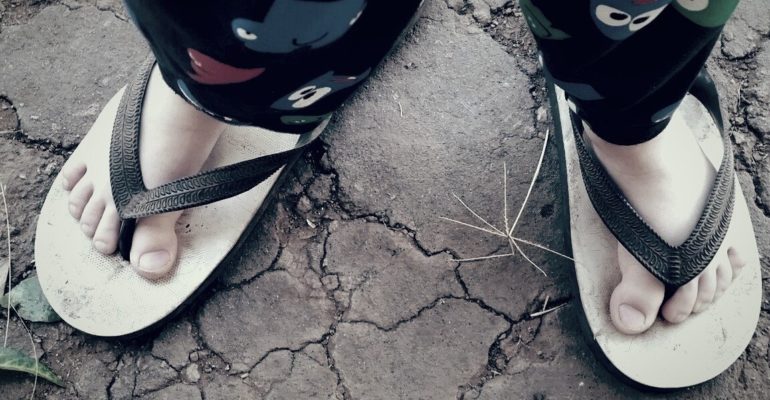
FGFR Syndromes
What does FGFR stand for?
Fibroblast Growth Factor Receptors
What are the FGFR Syndromes?
| FGFR1 Conditions | OMIM number | Inheritance |
| Encephalocraniocutaneous lipomatosis, somatic mosaic | 613001 | |
| Hartsfield syndrome (holoprosencephaly, ectrodactyly, and bilateral cleft lip/palate) | 615465 | AD |
| Hypogonadotropic hypogonadism 2 with or without anosmia | 147950 | AD |
| Jackson-Weiss syndrome | 123150 | AD |
| Osteoglophonic dysplasia | 166250 | AD |
| Pfeiffer syndrome type 1 | 101600 | AD |
| Trigonocephaly 1 | 190440 | AD |
| FGFR2 Conditions | OMIM number | Inheritance |
| Antley-Bixler syndrome without genital anomalies or disordered steroidogenesis | 207410 | AD |
| Apert syndrome | 101200 | AD |
| Beare-Stevenson cutis gyrata syndrome | 123790 | AD |
| Bent bone dysplasia syndrome | 614592 | AD |
| Craniofacial-skeletal-dermatologic dysplasia | 101600 | AD |
| Craniosynostosis, nonspecific | ||
| Crouzon syndrome | 123500 | AD |
| Gastric cancer, somatic | 613659 | |
| Jackson-Weiss syndrome | 123150 | AD |
| LADD syndrome (Lacrimoauriculodentodigital syndrome) | 149730 | AD |
| Pfeiffer syndrome, type 1, 2 and 3 | 101600 | AD |
| Saethre-Chotzen syndrome | 101400 | AD |
| Scaphocephaly and Axenfeld-Rieger anomaly | ||
| Scaphocephaly, maxillary retrusion, and mental retardation | 609579 | |
| FGFR3 Condition | OMIM number | Inheritance |
| Achondroplasia | 100800 | AD |
| Bladder cancer, somatic | 109800 | |
| CATSHL syndrome (Camptodactyly, tall stature, and hearing loss syndrome) | 610474 | AD, AR |
| Cervical cancer, somatic | 603956 | |
| Colorectal cancer, somatic | 114500 | |
| Crouzon syndrome with acanthosis nigricans | 612247 | AD |
| Hypochondroplasia | 146000 | AD |
| LADD syndrome (Lacrimoauriculodentodigital syndrome) | 149730 | AD |
| Muenke syndrome | 602849 | AD |
| Nevus, epidermal, somatic | 162900 | |
| SADDAN (achondroplasia, severe, with developmental delay and acanthosis nigricans) | 616482 | AD |
| Spermatocytic seminoma, somatic | 273300 | |
| Thanatophoric dysplasia, type I | 187600 | AD |
| Thanatophoric dysplasia, type II | 187601 | AD |
| OMIM, Online Mendelian Inheritance in Man | ||
| AD, autosomal dominant; AR autosomal recessive | ||
FGFR Craniosynostosis Syndromes Overview
NIH- Last Revision April 30th, 2020
Wenger T, Miller D, Evans K. FGFR Craniosynostosis Syndromes Overview. 1998 Oct 20 [Updated 2020 Apr 30]. In: Adam MP, Ardinger HH, Pagon RA, et al., editors. GeneReviews® [Internet]. Seattle (WA): University of Washington, Seattle; 1993-2021. Available from:

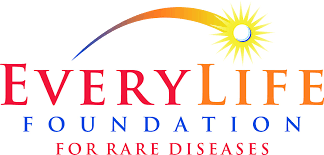
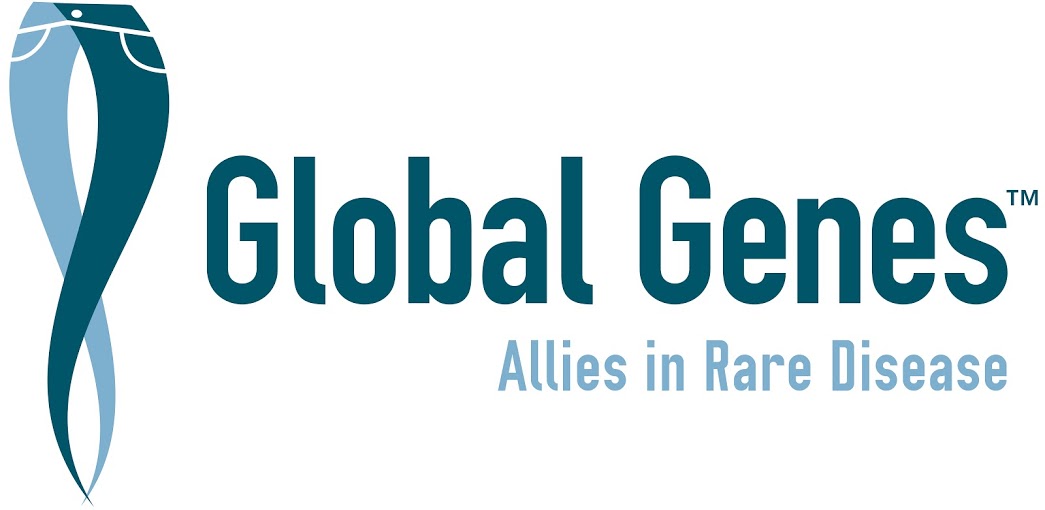

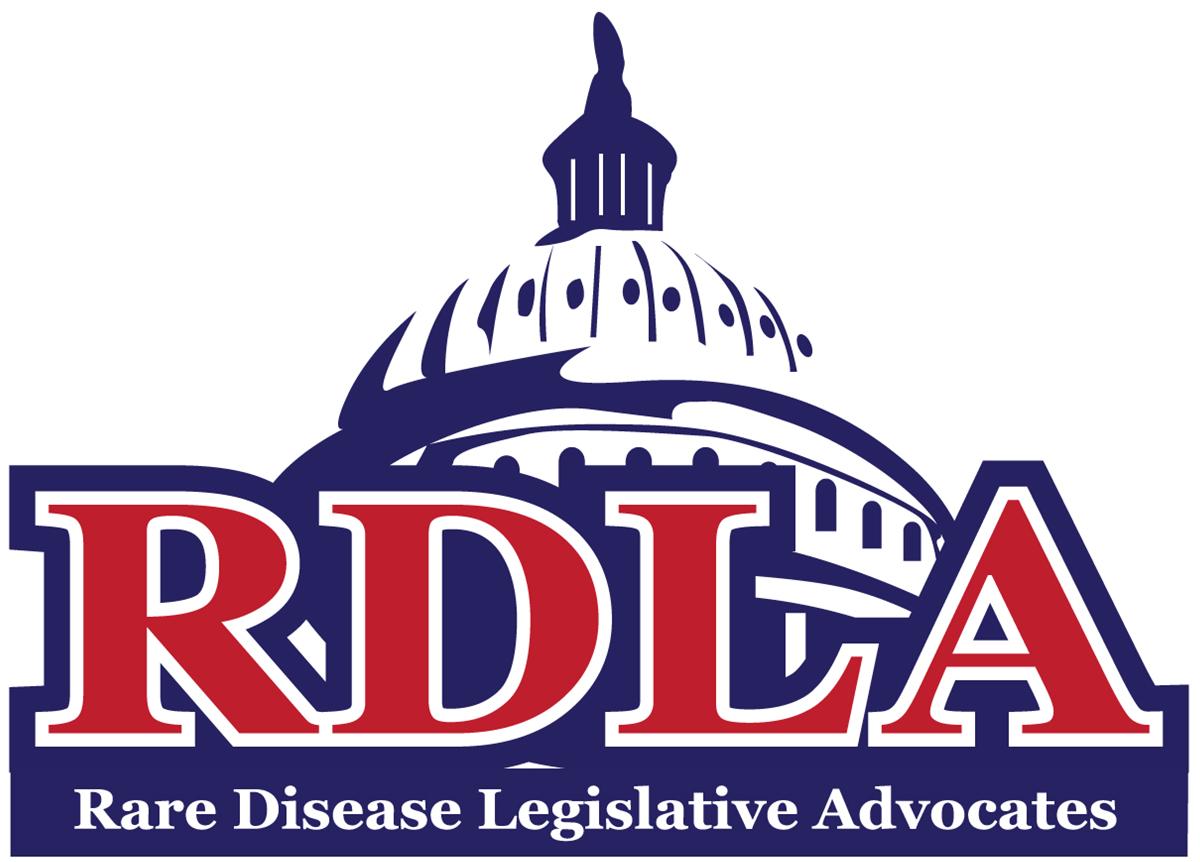

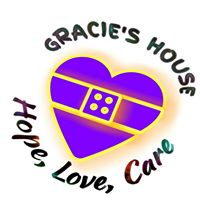



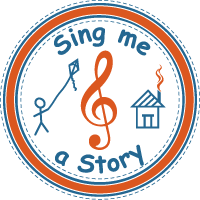
Comments are closed.